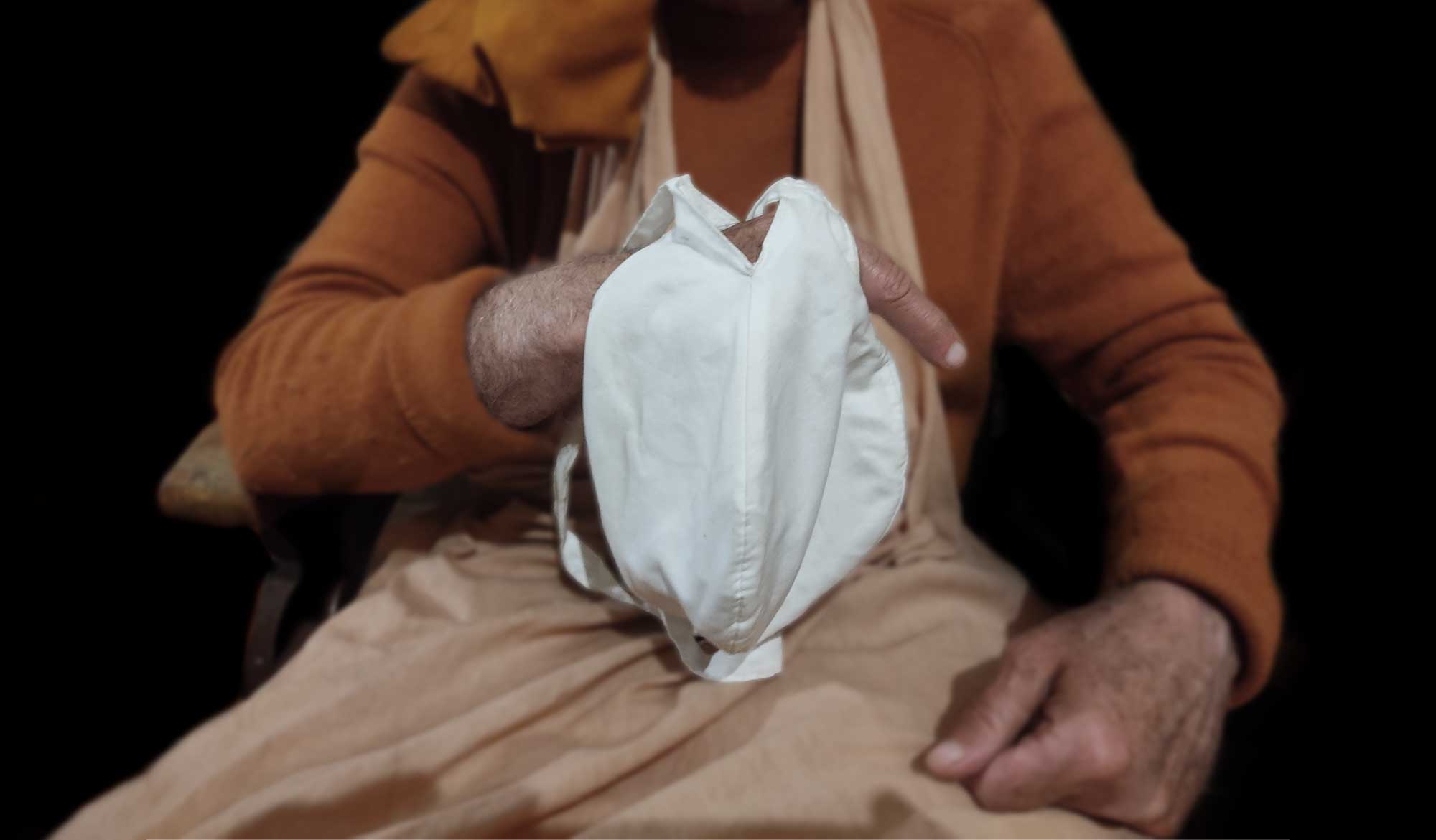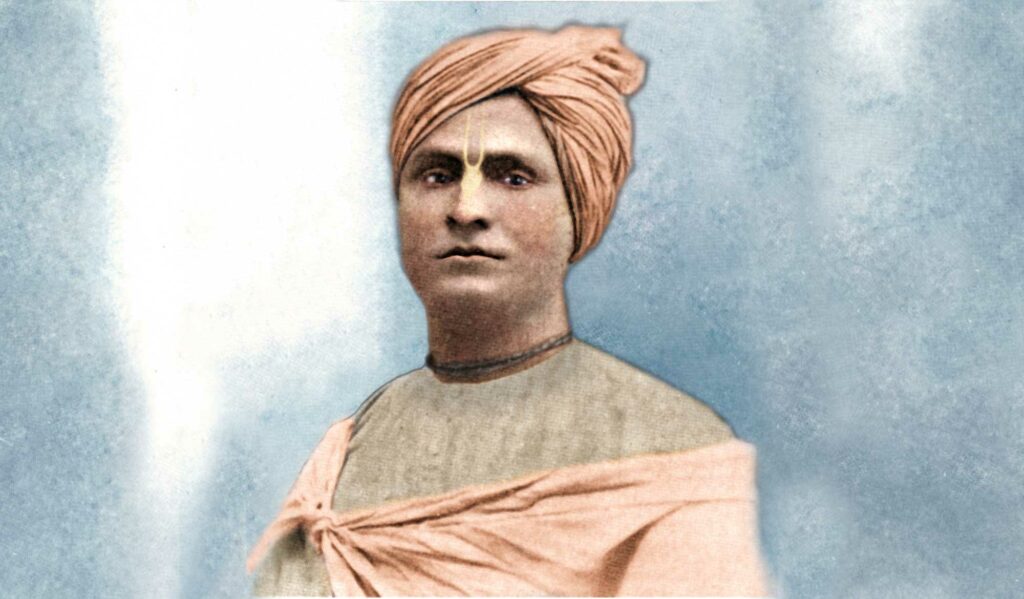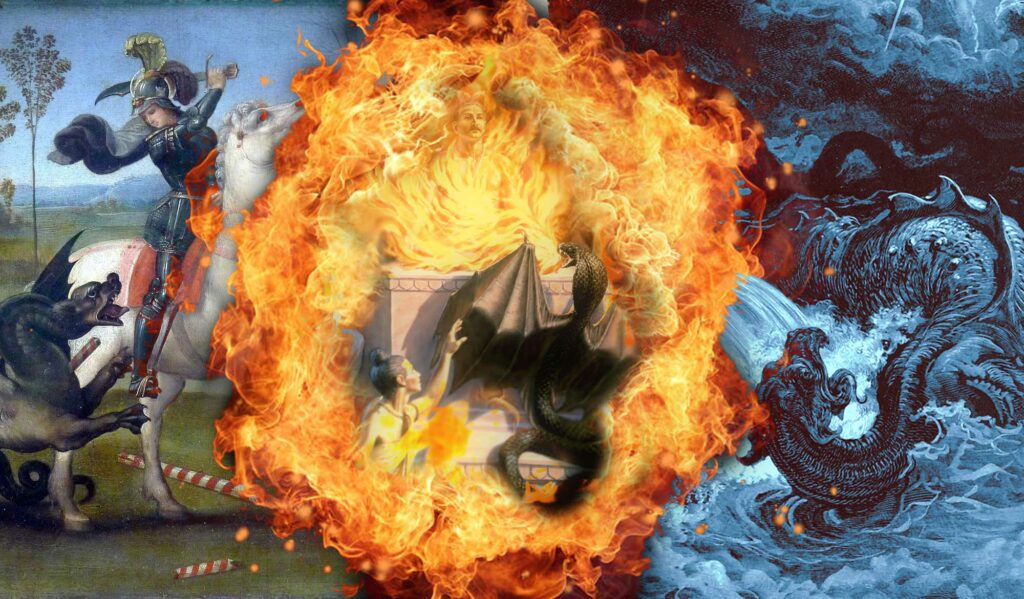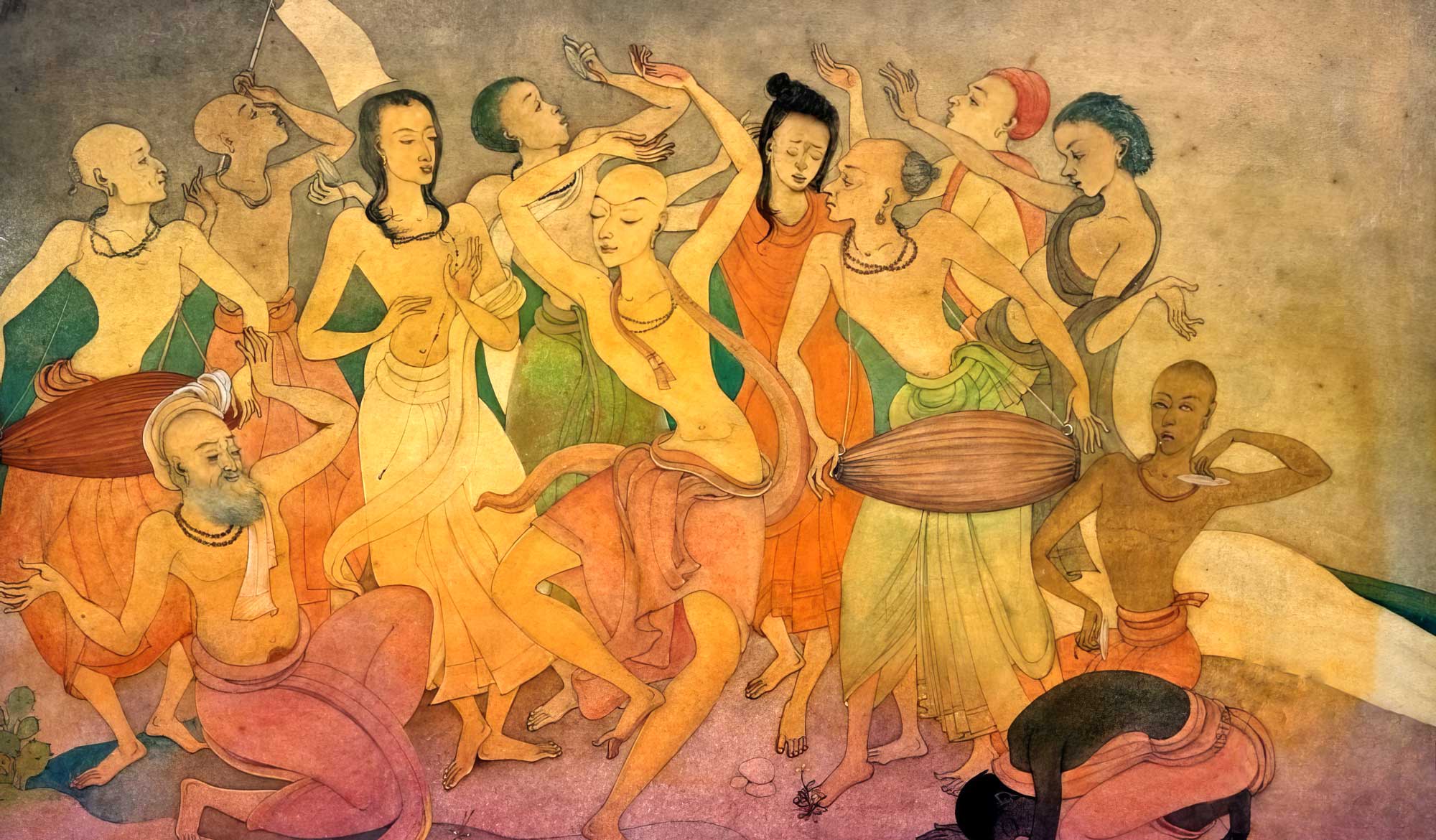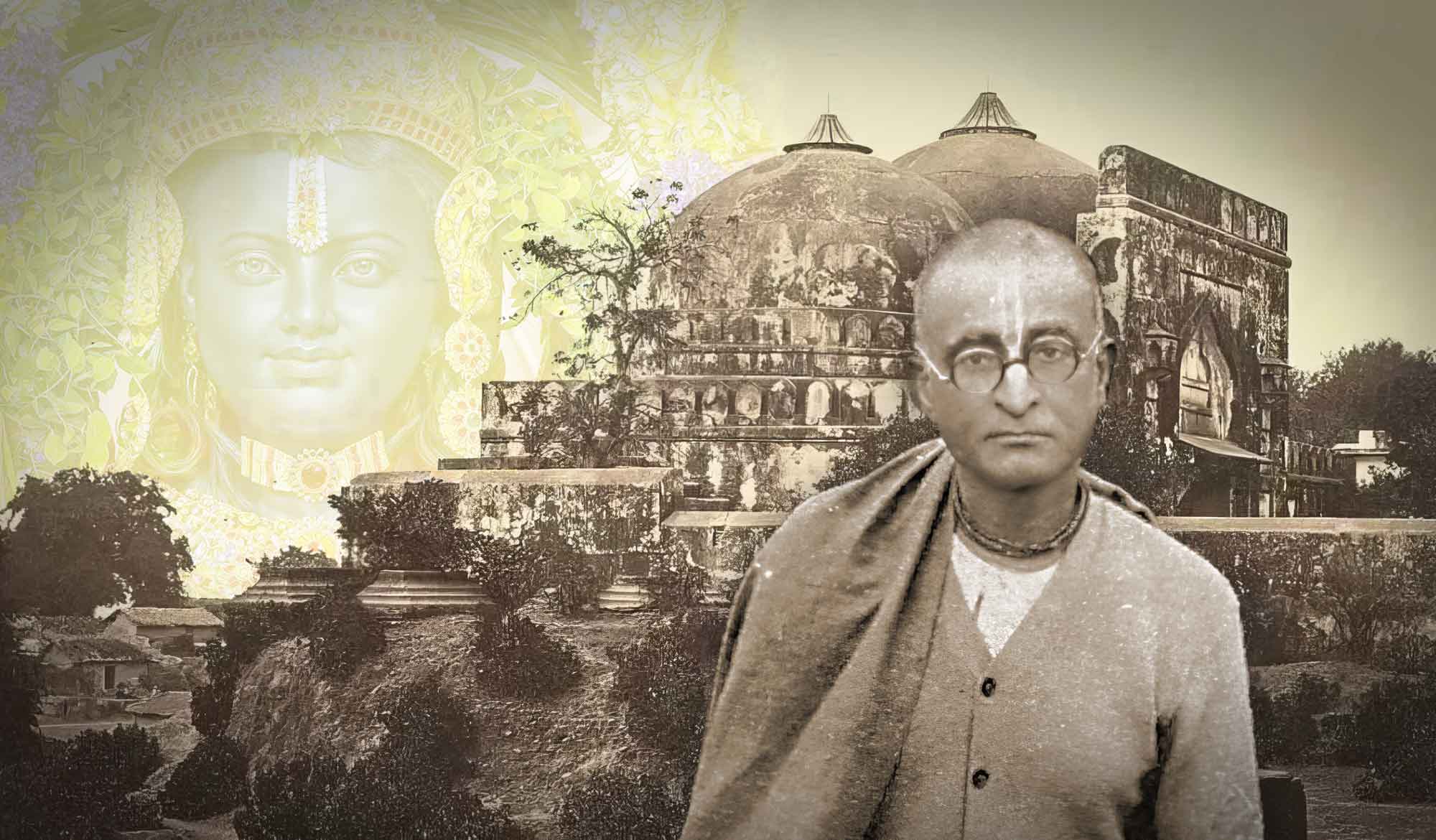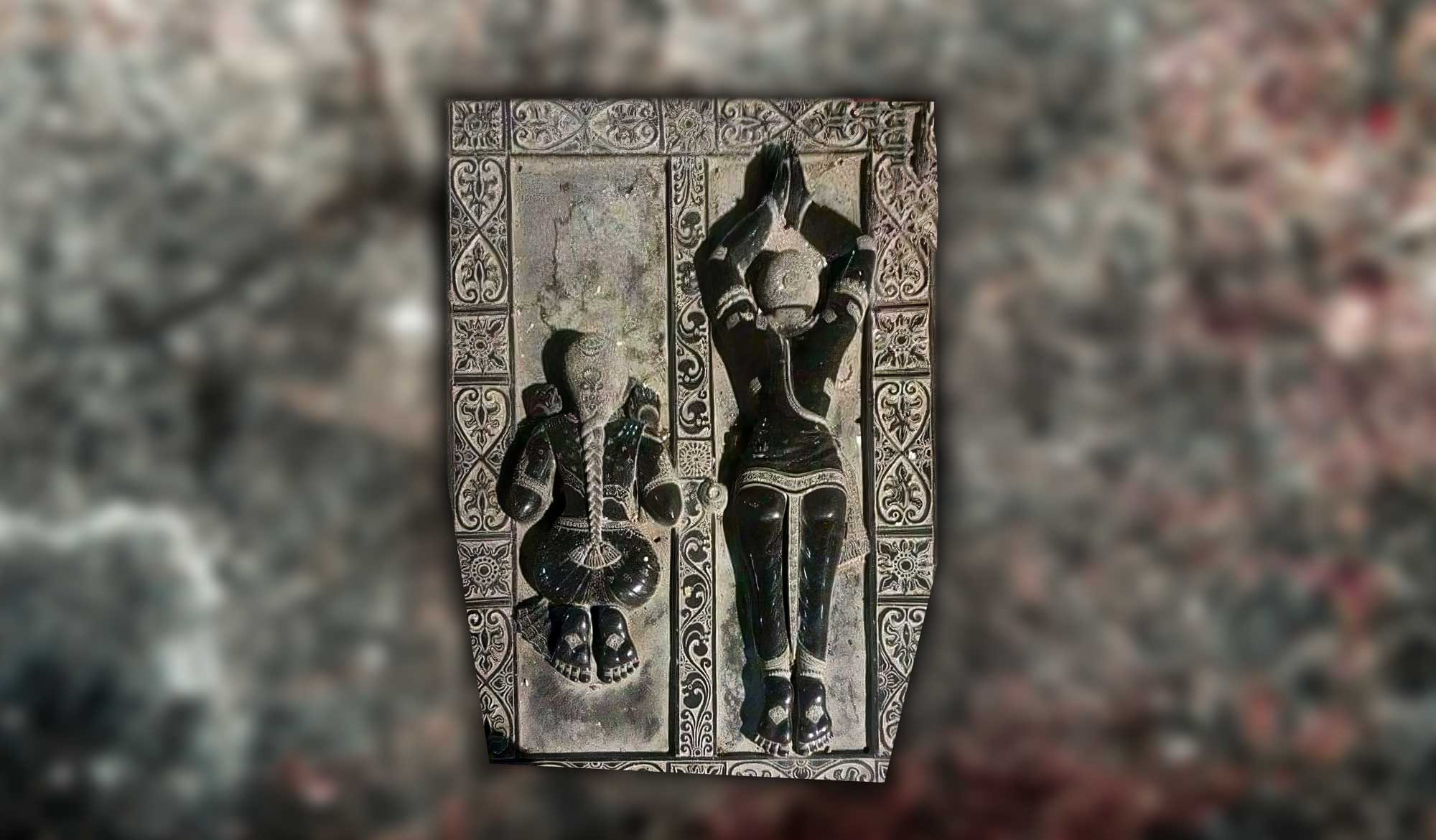Overview
This short article, “The White Bead Bag” was written by Śrīla B.G. Narasiṅgha Mahārāja in December 2010. Mahārāja explains the significance of why Gauḍīya Vaiṣṇavas use a white bead bag and how this is not just an external tradition without meaning.
Recently I was asked a question, one that I have been asked a number of times over the years. “Why do you have a white bead bag? A sannyāsī is supposed to wear saffron coloured cloth, so why is your bead bag white?”
The answer is that the white bead bag is a Gauḍīya sampradāya tradition – an external tradition, but not simply a tradition without meaning.
After taking sannyāsa in 1918, Śrīla Bhaktisiddhānta Sarasvatī Ṭhākura kept the white bead bag as part of sannyāsa-veśa (sannyāsa dress). So in that sense the white bead bag has been around since the very beginning of our Gauḍīya sannyāsa.
The Gauḍīya sampradāya is about rāgānuga-bhakti or rāga-mārga, spontaneous loving devotional service to Kṛṣṇa. Prior to the sannyāsa of Śrīla Bhaktisiddhānta, the only class of renounced Gauḍīyas were the bābājīs. It had evolved to that thru the centuries and as renunciates in rāga-mārga, the bābājī section had continued to maintain the rāga-mārga mantra given by Śrī Sanātana. The rāga-mārga mantra is more commonly known to us today as the sannyāsa-mantra or sannyāsa-gāyatrī. This mantra is actually a rāga-mārga mantra and in olden days was exclusive to the bābājī section.
The bābājī section of old wore white cloth and their reasoning was that Rūpa and Sanātana (both paramahaṁsas) had worn white cloth after renouncing and moving to Vṛndāvana. So from the very beginning, the followers of Rūpa and Sanātana wore white cloth. It became known as bābājī-veśa or paramahaṁsa-veśa and designated one as being on the rāga-mārga, or performing rūpānuga-bhajana (bhajana in the line of Rūpa and Sanātana).
When Bhaktisiddhānta accepted sannyāsa, he continued the rāga-mārga mantra and gave it to all his sannyāsī and bābājī disciples. As a sannyāsī he had changed the outer dress but not the bhajana, the inner quest. The bhajana of a Gauḍīya is not so much the songs that he sings but the japa that he chants. We call the singing ‘bhajana’ but real bhajana is performed with the beads. In fact, you will find that some bābājīs can’t sing a lick, but almost all will chant 64 or more rounds of japa everyday. That is because the singing is of little consequence in their conception compared to the necessity of chanting 64 or more rounds of japa daily. In other words, “the bhajana is in the bag.” The bhajana of Rūpa and Sanātana is performed with a white bead bag.
There is a nice anecdote in this regard. One time some devotees from Kṛṣṇa-Balarāma Temple in Vṛndāvana heard that Kṛṣṇa Dāsa Bābājī (a disciple of Bhaktisiddhānta in Gauḍīya Maṭha) was going to stay awake all night on Ekādaśī at Imlitala and perform bhajanas. It was always considered a real treat to be present when Bābājī sang bhajanas. He was a paramahaṁsa and loved to sing bhajanas (some recordings of Kṛṣṇa Dāsa Bābājī still remain). So late one winter evening on Ekādaśī, the devotees gathered in Bābājī’s room at Imlitala. He sat on his bed, the devotees on a floor rug in front of him. The tape recorder was placed in front of Bābājī and anticipations to record some really sweet bhajanas were high!
Suddenly Bābājī looked around at everyone and said, “No machine! No disturbance! Tonight we will do real bhajana!” Bābājī then picked up his white bead bag and began ever so softly to chant japa. After a half hour or so, a Gauḍīya Maṭha brahmacārī came in and turned off the light. The room was dark, but as everyone’s eyes adjusted they could see Bābājī sitting on his bed and softly chanting japa. It was now about 8:30 in the evening. Bābājī continued to chant japa all night. One by one the devotees in front of him fell asleep on the rug. Then just before maṅgala-āratika, the devotees awoke and returned to their temple while Bābājī continued his bhajana. No recording was made.
So Bhaktisiddhānta kept the rāga-mārga mantra and the white bead bag to designate that although socially the dress of the Gauḍīya renunciate had changed and he was now a preacher with pratiṣṭhā (special recognition and facility), the bhajana had remained the same – the rāga-mārga bhajana of Rūpa and Sanātana.
The white bead bag is still used today by the majority of the followers of Śrīla Bhaktisiddhānta (sannyāsīs and others) as well as by the bābājī section. The tradition has endured.
Related Articles & Books
Further Reading
- A Vaiṣṇava Householder’s Hospitality to Guests by Śrīla Bhaktivinoda Ṭhākura
- The Livelihood of Householder Vaiṣṇavas by Śrīla Bhaktivinoda Ṭhākura
- The Brāhmaṇa and the Vaiṣṇava – Both are Completely Vedic by Śrīla Bhaktivinoda Ṭhākura
- The Savings of a Vaiṣṇava by Śrīla Bhaktivinoda Ṭhākura
- Begging Alms by Śrīla Bhaktivinoda Ṭhākura
- Brāhmaṇism and Vaiṣṇavism by Śrīla Bhaktivinoda Ṭhākura
- The Marriage System of Bengal by Śrīla Bhaktivinoda Ṭhākura
Pilgrimage with Swami Narasiṅgha – Part 7: Keśī Ghāṭa
Continuing with our pilgrimage series, this week Śrīla Narasiṅgha Mahārāja takes us to Keśī Ghāṭā where he tells us about Madhumaṅgala’s meeting with the Keśī demon, what Keśī represents, and how Śrīla Prabhupāda almost acquired Keśī Ghāṭa. Mahārāja also narrates his own experience. This article has been adapted from a number of talks and articles by Narasiṅgha Mahārāja.
Prema Dhāma Deva Stotram with the Narasiṅgha Sevaka Commentary – Verses 61-65
In verses 61 to 65 of 'Prema Dhāma Deva Stotram', Śrīla Śrīdhara Mahārāja narrates the pastime of Śrī Caitanya at Caṭaka Parvata In Purī and explains how the scriptures produced by Brahmā and Śiva are ultimately searching for the personality of Mahāprabhu who is merciful too all jīvas, no matter what their social position.
Prabhupāda Śrīla Sarasvatī Ṭhākura’s Visit to Ayodhyā
With the forthcoming observance of Śrī Rāma Navamī, we present 'Prabhupāda Śrīla Sarasvatī Ṭhākura’s Visit to Ayodhyā' written by Śrīla Bhaktisiddhānta Sarasvatī Ṭhākura Prabhupāda from The Gaudīyā magazine, Vol 3. Issue 21/ In December 1924, after visiting Benares and Prāyāga, Sarasvatī Ṭhākura visited the birth-site of Śrī Rāmācandra in Ayodhyā.
Śaraṇāgati – The Only Path to Auspiciousness
In this article, 'Śaraṇāgati - The Only Path to Auspiciousness', Dhīra Lalitā Dāsī analyses the process of śaraṇāgati (surrender) beginning with śraddhā (faith). She also discusses the role of śāstra and the Vaiṣṇava in connection with surrender.
Pilgrimage with Swami Narasiṅgha – Part 7: Keśī Ghāṭa
Continuing with our pilgrimage series, this week Śrīla Narasiṅgha Mahārāja takes us to Keśī Ghāṭā where he tells us about Madhumaṅgala’s meeting with the Keśī demon, what Keśī represents, and how Śrīla Prabhupāda almost acquired Keśī Ghāṭa. Mahārāja also narrates his own experience. This article has been adapted from a number of talks and articles by Narasiṅgha Mahārāja.
Prema Dhāma Deva Stotram with the Narasiṅgha Sevaka Commentary – Verses 61-65
In verses 61 to 65 of 'Prema Dhāma Deva Stotram', Śrīla Śrīdhara Mahārāja narrates the pastime of Śrī Caitanya at Caṭaka Parvata In Purī and explains how the scriptures produced by Brahmā and Śiva are ultimately searching for the personality of Mahāprabhu who is merciful too all jīvas, no matter what their social position.
Prabhupāda Śrīla Sarasvatī Ṭhākura’s Visit to Ayodhyā
With the forthcoming observance of Śrī Rāma Navamī, we present 'Prabhupāda Śrīla Sarasvatī Ṭhākura’s Visit to Ayodhyā' written by Śrīla Bhaktisiddhānta Sarasvatī Ṭhākura Prabhupāda from The Gaudīyā magazine, Vol 3. Issue 21/ In December 1924, after visiting Benares and Prāyāga, Sarasvatī Ṭhākura visited the birth-site of Śrī Rāmācandra in Ayodhyā.
Śaraṇāgati – The Only Path to Auspiciousness
In this article, 'Śaraṇāgati - The Only Path to Auspiciousness', Dhīra Lalitā Dāsī analyses the process of śaraṇāgati (surrender) beginning with śraddhā (faith). She also discusses the role of śāstra and the Vaiṣṇava in connection with surrender.


